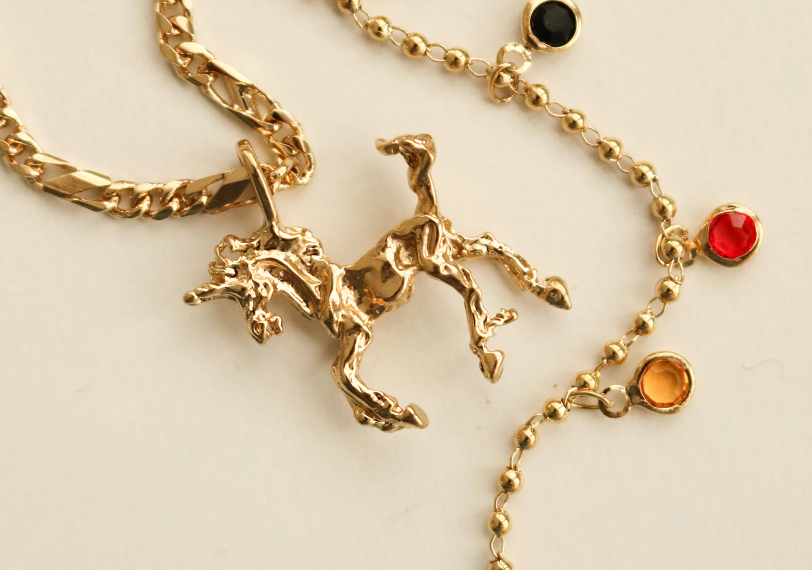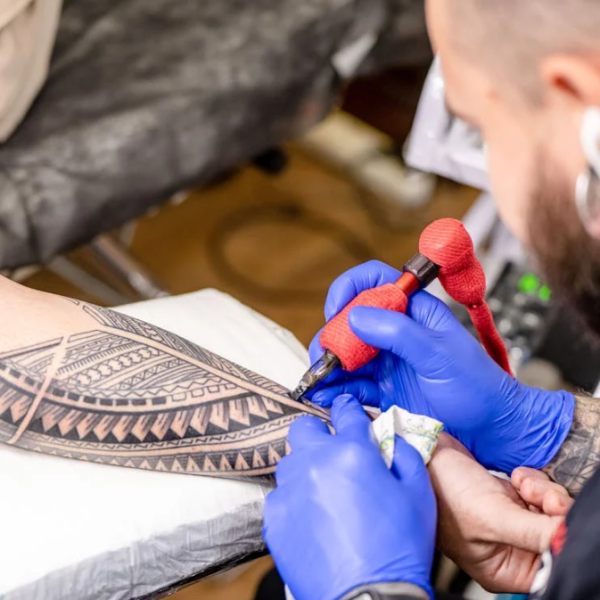Summer is upon us, and that often means smoother, more exposed skin. Waxing is a popular method for hair removal, leaving you feeling confident and ready to bare those legs. But venturing into at-home waxing for the first time can feel daunting. Fear not, fellow smooth seekers! This guide will equip you with the knowledge and confidence to achieve salon-worthy results from the comfort of your own home.
Gather Your Waxing Arsenal: Essential Supplies
Before diving in, ensure you have all the necessary supplies:
- Wax: Opt for a beginner-friendly wax formulated for home use. Consider strip wax for larger areas like legs or hard wax for smaller areas like eyebrows (best left for another time!).
- Wax Warmer: Choose a wax warmer specifically designed for your chosen wax type. Most warmers come with temperature settings to ensure the wax reaches the optimal consistency.
- Wax Strips (for strip wax): These non-woven cloths are used to remove the wax after application.
- Pre-Wax Wipes: These wipes cleanse and prep the skin for waxing, removing any oils or residue that might hinder wax adhesion.
- Post-Wax Soothing Products: Soothing lotion or aloe vera gel will help calm and comfort the skin after waxing.
- Optional Goodies: Consider having baby powder on hand to absorb excess moisture, a waxing spatula for applying the wax, and calming essential oils for a more spa-like experience.
Prep Makes Perfect: Getting Your Skin Ready for Waxing
- Exfoliation is Key: Exfoliate the area you plan to wax 24-48 hours before waxing. This removes dead skin cells and allows the wax to grip the hair more effectively.
- Length Matters: For optimal hair removal, your hair should be between 1/4 inch and 3/8 inch long. If your hair is too short, the wax won’t adhere properly. If it’s too long, the waxing process might be more painful.
- Trim if Needed: If your hair is on the longer side, trim it down to about 1/4 inch with nail clippers or scissors to ensure a smoother wax.
Waxing Wisdom: The Art of Application
- Heat It Up: Heat your wax according to the manufacturer’s instructions. The ideal temperature will vary depending on the wax type.
- Test the Temperature: Before applying the wax directly to your skin, test a small amount on your inner wrist to ensure it’s not too hot.
- Clean and Prep: Cleanse the area you’ll be waxing with pre-wax wipes to remove any oils or residue.
- Work in Sections: Apply the wax in small sections, following the direction of hair growth. Use the spatula to spread the wax in a thin, even layer.
- Hold Tight, Then Pull: Let the wax cool and harden slightly. Once it’s set but still pliable, hold the skin taut and firmly pull the wax strip in the opposite direction of hair growth. Make sure to pull in a swift, controlled motion.
- Repeat: Continue applying wax and removing strips in sections until all unwanted hair is gone.
Soothing Aftercare: Pampering Your Skin Post-Wax
- Calm It Down: Soothe the waxed area with a post-waxing lotion or aloe vera gel to reduce redness and irritation.
- Skip the Hot Stuff: Avoid hot showers, saunas, or strenuous exercise for at least 24 hours after waxing. These activities can irritate the freshly waxed skin.
- Exfoliate Regularly: After the initial redness has subsided, gently exfoliate the waxed area 2-3 times a week to prevent ingrown hairs.
Remember: Home waxing has a learning curve. Be patient with yourself, and don’t be discouraged if it doesn’t go perfectly the first time. With practice, you’ll be a waxing pro in no time!
If you have sensitive skin or any concerns, it’s always best to consult a dermatologist before attempting home waxing.
So, grab your wax warmer, channel your inner esthetician, and get ready to flaunt those smooth, summer-ready legs!








